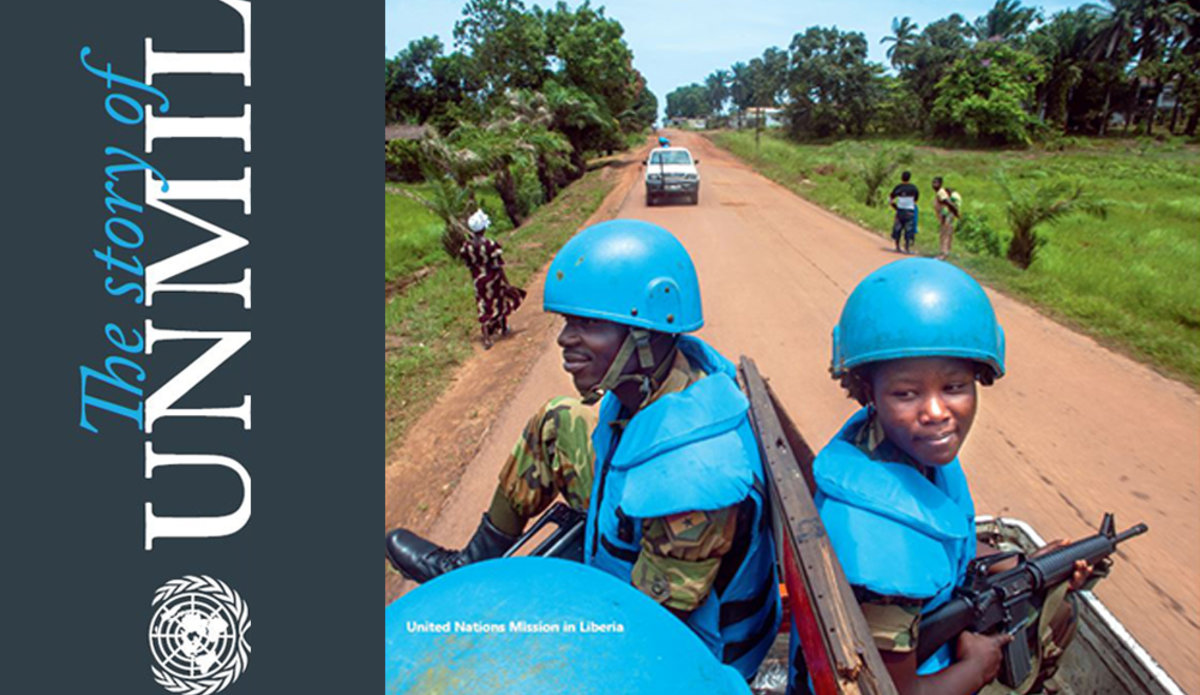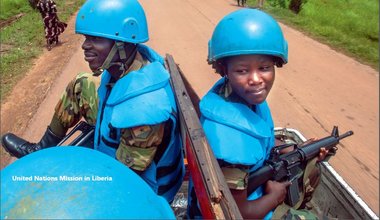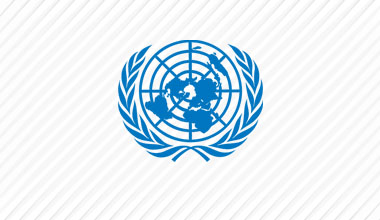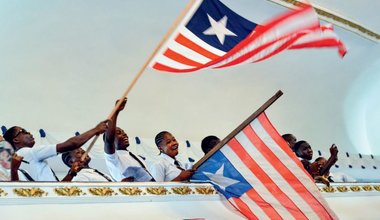The story of UNMIL [Book]: Governance and Economic Management Assistance Programme (GEMAP)

Liberia’s economic problems began before the first outbreak of conflict in 1989. Between 1987 and 1995, Liberia’s gross domestic product (GDP) fell by 90 per cent, and by the 2005 elections, average income in Liberia was one-fourth of what it had been in 1987. Following the 2003 Accra Comprehensive Peace Agreement and UNMIL’s deployment, the country faced enormous reconstruction needs, and international donors stepped in to help set Liberia on the path to recovery.
The transitional Government (NTGL) took initial steps toward addressing economic governance issues. However, doubts surfaced at the end of 2004 about the NTGL’s commitment to improving economic governance and fighting corruption. Audits commissioned by the EC in early 2005 revealed widespread corruption, including under the NTGL. Under intense international pressure, the NTGL was reluctant to follow international partners’ recommendations. Only after having realized that threats of halting all international aid were real, the NTGL agreed to accept the Governance and Economic Management Assistance Program (GEMAP), which sought to accomplish six objectives: securing Liberia’s revenue base, improving budgeting and expenditure management, improving procurement practices and granting of concessions, establishing effective processes to control corruption, supporting key institutions, and capacity building.
A key innovation was the system of internationally recruited financial controllers posted alongside Liberians in key agencies to enable the controllers to help establish transparent financial procedures, train and build local capacity from within the agencies, and report on revenue and spending. The centerpiece of GEMAP design, for which it has become known internationally, was the cosignatory authority these experts wielded, which ensured that no major financial transactions could take place without being scrutinized by both a Liberian manager and an international adviser. Although GEMAP was intended to be an interim plan for the body of international partners involved in postconflict reconstruction in Liberia, in practice it provided an embedded control system to maintain a transitional economic governance framework. The intention was to ensure that Government and donor resources were secured and channeled through the budget, but the overall setup was one of increased oversight.
At her inauguration in January 2006, President Ellen Johnson Sirleaf acknowledged the scale of the challenge of rebuilding the war-torn country. Revitalizing economic activity and strengthening governance through the Liberian Government plans were both closely related to the areas covered by GEMAP. In her inauguration speech, she acknowledged acceptance of and compliance with GEMAP, while undertaking to render it “non-applicable in a reasonable period of time.” Thus, the new administration recognized that with scarce Government resources and limited capacity, Liberia’s reconstruction and economic governance reform would not be possible without a prominent role by the international community.
Indeed, GEMAP was meant to provide a transitional economic governance system and enable long-term national systems to be put in place. Thus, GEMAP was a groundbreaking development in the practice of post-conflict situations, which in Liberia was also marked by the presence of UNMIL. It became the first prototype of an innovative binding and enforceable compact between the national Government and the international community, which, unlike later attempts to use similar compacts, was effective in ensuring the level of accountability international partners were seeking from the Government – in return for the provision of assistance. In virtue of his mandate providing for the lead in coordination of all United Nations operations in Liberia, the SRSG UNMIL and the Mission as a whole played an essential role in the efforts to develop, coordinate and implement GEMAP.
 UN
UN United Nations Peacekeeping
United Nations Peacekeeping

![The story of UNMIL [Book]: County reconciliation dialogues The story of UNMIL [Book]: County reconciliation dialogues](https://unmil.unmissions.org/sites/default/files/styles/gallery_image_thumb/public/field/image/the_book-gn_9.jpg?itok=OpCwKDSX)



